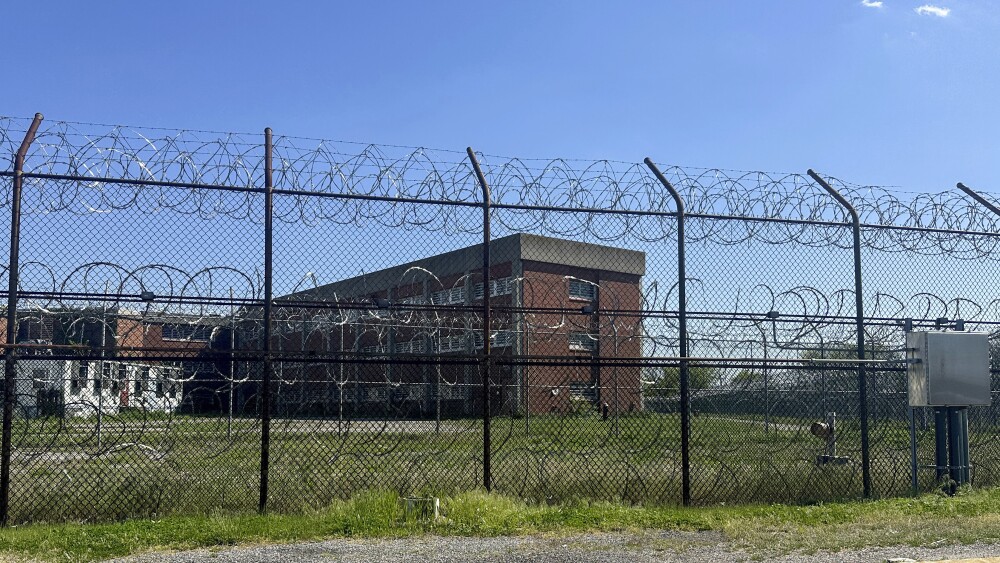By Philip Marcelo
Associated Press
NEW YORK — Inmates at New York City’s Rikers Island are suing the city claiming they were trapped in their cells during a jailhouse fire that injured 20 people last year.
The lawsuit filed Friday in federal court in Manhattan said the 15 men were among those kept locked in their rooms by corrections officers as a fire burned through a housing unit for people with acute medical conditions requiring infirmary care or Americans with Disabilities Act-compliant housing.
It claims the men “choked on toxic black smoke, some vomiting, some losing consciousness, all gasping for air” while corrections department staffers fled to safety.
“The idea that detainees who have not been convicted of any crime can be locked inside of a burning building and left to suffer and die is to most Americans, a barbaric notion reserved for movies and television shows depicting the cruelties and brutality of the past,” the lawsuit reads.
Spokespeople for the city corrections department and health and hospitals department declined to comment, referring instead to the city’s law department, which said it is reviewing the suit and will respond in the litigation.
The April 6, 2023, blaze, which injured 15 jail staffers and five inmates, was set by a 30-year-old inmate with a history for starting jailhouse fires. Officials said he used batteries, headphone wires and a remote control to start the conflagration in his cell, before adding tissues and clothing to fuel the flames.
Joshua Lax, a lawyer representing the 15 men, said the lawsuit centers on the corrections department’s policy of keeping detainees at Rikers Island locked in their cells instead of evacuating them during fires that happen hundreds of times a year.
Corrections and fire collaboration: Before a fire breaks out, corrections staff and firefighters should pre-plan how to respond.
“This practice forces them to inhale smoke produced by structural fires containing various toxins, poisons, and particulate matter, all of which can produce life threatening conditions,” he said in an email. “The practice violates the U.S. Constitution, local and state fire regulations, medical standards of care, and of course, human decency.”
The lawsuit follows a report released in December by an independent oversight agency that found a range of deficiencies in the jail’s response to the fire.
The city Board of Correction said inmates were locked in their cells for nearly half an hour and fire suppression systems and equipment did not work in the affected unit of the jail, which faces a possible federal takeover as well as a long-gestating city plan to close the complex outright.
The board recommended corrections officers immediately open cell doors and escort inmates to safety if they’re locked in a cell when a fire starts. It also recommended the department conduct regular sprinkler system checks, among other measures.
As the fire burned, Lax said clouds of black smoke traveled through the building’s air systems and vents, saturating other housing units with toxic air.
After it was knocked down, corrections officials either delayed or didn’t perform the required medical checks on those potentially affected by prolonged smoke exposure, he added.
Soot and smoke residue also wasn’t properly removed throughout the building, further exposing detainees to dangerous chemicals and particulate matter and leading some to develop “significant respiratory, pulmonary, and heart problems,” Lax said.
“What we learned is that despite hundreds of fires a year, sometimes in a single facility, DOC has done nothing to figure on why they have a crisis of fires, and how to end it,” he said, referring to the city Department of Corrections. “Worse, knowing they have this crisis, DOC has no plans or training on how to evacuate detainees during a a fire or smoke condition in any of the DOC facilities. ”





